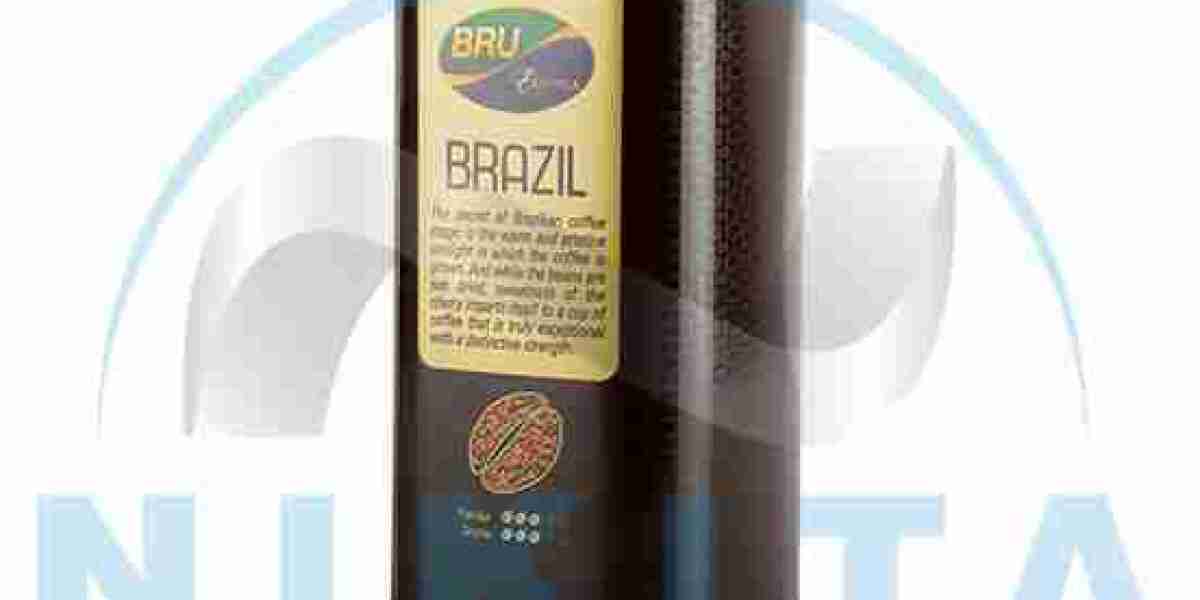When it comes to coffee, freshness is key. Whether you’re a coffee lover enjoying your morning brew or a business owner seeking to preserve large quantities of beans, selecting the right coffee container can make all the difference. A quality container not only protects the coffee’s flavor but also extends its shelf life. But with so many options on the market, how do you choose the perfect one for your needs? As a Coffee Containers Manufacturer, understanding the factors that contribute to an ideal coffee storage solution is essential for guiding your customers or making the right investment for your own coffee preservation.
1. Consider the Material of the Container
The material of your coffee container plays a significant role in how well it preserves freshness. Each material has its own advantages, and the choice depends on how you want to store your coffee:
- Stainless Steel: Known for its durability, stainless steel is a popular choice for high-quality coffee containers. It’s non-reactive, meaning it won’t alter the flavor of the coffee, and it’s excellent at blocking light and air. Many premium containers are made with double-walled stainless steel for added insulation, preventing temperature fluctuations that could affect flavor.
- Glass: Glass containers are another great option, particularly because they’re non-porous and don’t absorb odors. However, they are more fragile than stainless steel, and if not opaque, they can expose your coffee to light, which may degrade its flavor over time.
- Ceramic: Ceramic containers offer an aesthetic appeal and excellent insulation properties. While they don’t let in light, they are typically heavier than glass or stainless steel and may be more prone to breaking if dropped.
- Plastic: While lightweight and affordable, plastic containers must be food-grade and BPA-free to ensure they don’t impart any unwanted flavors to the coffee. Opt for clear plastic only if you plan to store the coffee for a short period or if the container is designed with UV-blocking properties.
Each material comes with its own pros and cons, so it’s important to weigh your preferences in terms of durability, insulation, and whether you prefer a more eco-friendly or stylish container.
2. Look for an Airtight Seal
Oxygen is one of coffee’s biggest enemies. Exposure to air leads to oxidation, which robs your coffee of its freshness and flavor. To preserve the aromatic oils and compounds that make your coffee taste vibrant, an airtight seal is crucial.
When shopping for a coffee container, look for options with secure, airtight seals that prevent air from entering while keeping the coffee protected. Features such as vacuum-sealing lids, silicone gaskets, or snap-on lids can help achieve an airtight environment. Some containers even offer one-way valves that allow carbon dioxide (released by fresh coffee beans) to escape without letting oxygen in.
As a Coffee Containers Manufacturer, integrating airtight seals into your designs is a must for maintaining the highest level of freshness in coffee storage.
3. Consider the Size and Capacity
The size of the container you choose depends on how much coffee you plan to store at one time. A larger container might be suitable for bulk storage, while a smaller container may be more appropriate if you only use a few cups per week.
Keep in mind that storing coffee in a container too large for the amount of coffee you consume can result in more air exposure each time you open the lid, which can reduce freshness. Ideally, you should use smaller containers that allow you to keep only a week or two’s worth of coffee in them and store the rest in larger, sealed containers.
For business owners, finding the right balance between capacity and freshness is key. Offering customers coffee in different-sized containers, or even modular systems that allow for easy re-sealing, can help preserve freshness while meeting various needs.
4. Check for UV Protection
Light, particularly UV light, is a leading cause of flavor deterioration in coffee. To protect your coffee from harmful light exposure, opt for containers that are opaque or made with UV-blocking materials. Many coffee containers, particularly those made of stainless steel or ceramic, come with built-in UV protection, ensuring that your coffee stays fresh and flavorful.
If you prefer a glass container, consider dark-tinted or frosted glass that blocks light from reaching the coffee. This will prevent the coffee from becoming stale or bitter due to prolonged light exposure.
5. Think About Moisture Control
Humidity can compromise your coffee’s quality by causing it to absorb moisture, which leads to a loss of freshness and potential mold growth. It’s important to choose a container that creates a dry environment for your coffee beans or grounds.
Some advanced containers come with built-in moisture-absorbing features, such as desiccant packs or humidity control systems. These mechanisms help maintain the perfect moisture level inside the container, which is particularly beneficial in humid climates or for businesses that store large quantities of coffee.
While some coffee containers may not come with built-in humidity control, using moisture-absorbing packets or placing the container in a dry location can also go a long way in preserving freshness.
6. Ease of Use and Portability
When selecting a coffee container, consider how easy it is to use and whether it fits your lifestyle. If you’re on the go, a travel-friendly container with an airtight seal and a durable design can be a game-changer. Look for containers that are easy to open, pour from, and clean.
For those who brew coffee frequently, containers with built-in dispensers or easy-pour features may be a convenient addition. Some containers even come with portion-control systems, allowing you to measure out the perfect amount of coffee each time.
Additionally, if you’re a coffee roaster or business, look for containers that are easy to stack or carry, ensuring that large quantities can be transported or stored with minimal hassle.
7. Consider Sustainability
Sustainability has become a significant consideration for today’s consumers. Eco-conscious buyers are looking for products made from renewable, recyclable, or biodegradable materials. Choosing a coffee container made from sustainable resources, such as bamboo, recycled plastic, or glass, can not only help reduce environmental impact but also appeal to a growing market of environmentally-aware customers.
As a Coffee Containers Manufacturer, adopting sustainable practices and offering environmentally friendly options will set your brand apart and help you meet the increasing demand for green products.
Conclusion
Choosing the right coffee container is an essential step in preserving the flavor and freshness of your coffee. Factors such as material, airtight sealing, UV protection, moisture control, and size all play a vital role in determining how well a container will protect your coffee.
Whether you’re a home brewer looking to preserve your beans’ flavor or a business owner seeking to package coffee for customers, keeping these expert tips in mind will help you select the perfect container for your needs. As a Coffee Containers Manufacturer, it’s important to offer products that not only meet the functional needs of consumers but also enhance their overall coffee experience by preserving the integrity and freshness of every cup.













